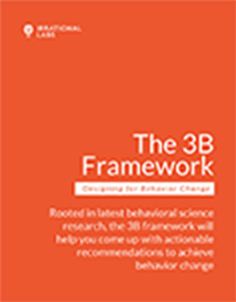This course gave me an entirely different perspective into how we make decisions, and gave me the tools to develop superior user experiences applicable to multiple situations of life and business.
Companies who have done our trainings
-

-
Intuit

-
Aetna

-
Lyft

-
Kiva

-
Anthem

-
World Bank



Develop a deeper understanding of human psychology and how it impacts usage of your product or service to improve people’s health.
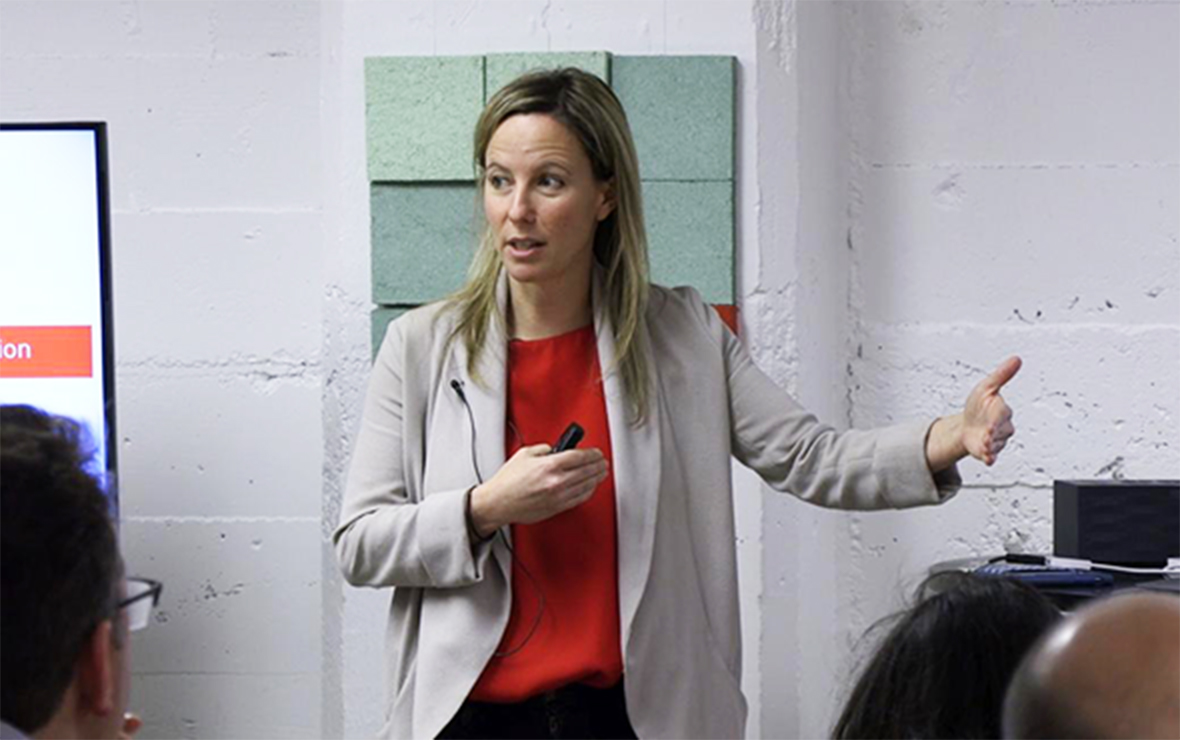
Leveraging the power of behavioral science will strengthen the impact of your initiatives, whether you design for individual or population health.
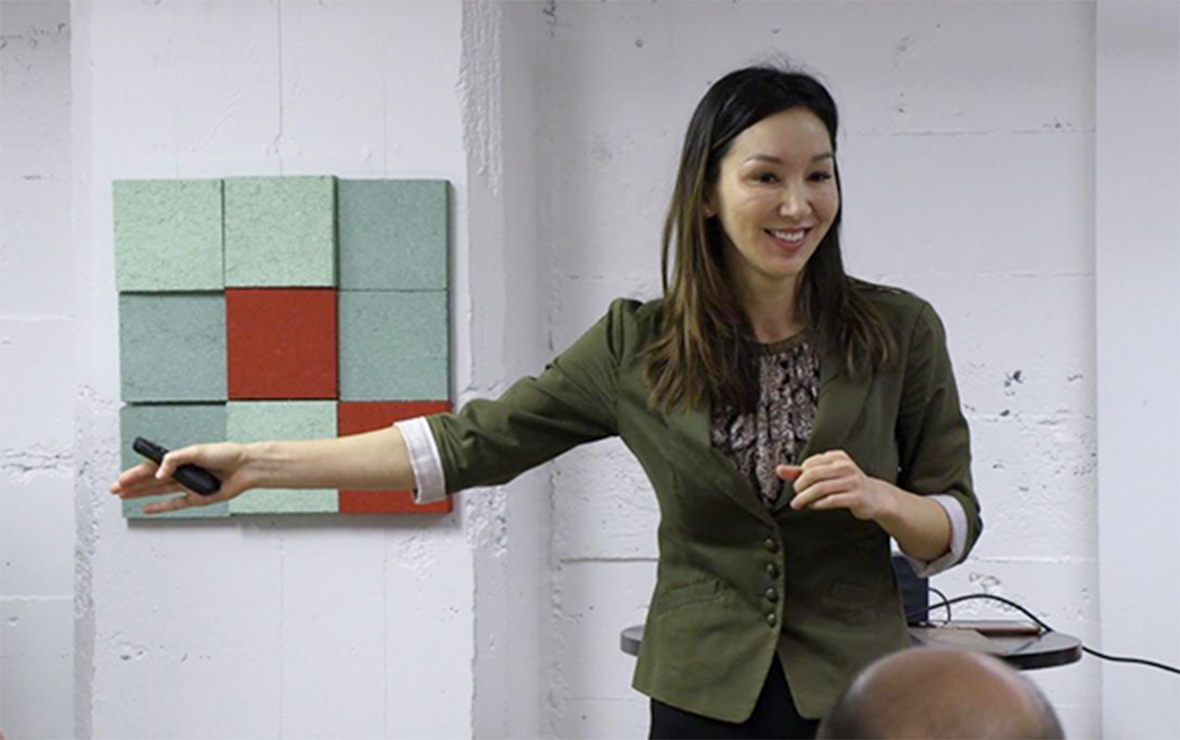
I feel like we’ve been given a pair of X-Ray glasses to see a hidden world driving user behavior. These insights and tools will shape how we build experiences for the foreseeable future.


In addition to course modules, you’ll interact live with other participants, as well as Irrational Labs team members, in:
A video kickoff chat
Monthly Office Hours
Our Slack Community
This program is designed for people working to change health-related behaviors in roles such as:

What you'll take away:
I learned invaluable lessons and insights that I can apply immediately, both professionally and personally

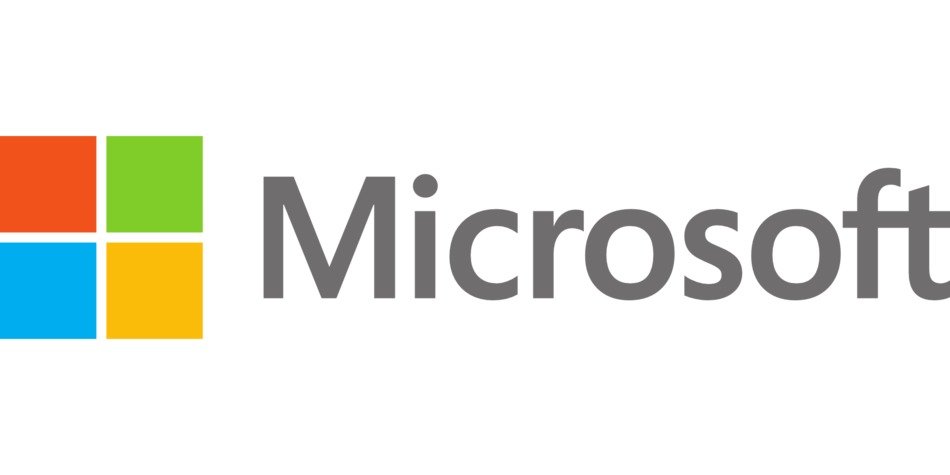
The Curriculum
Designed by Irrational Labs behavioral science experts, alongside behavioral designers at healthtech companies in Silicon Valley.
How behavioral economics can be used to improve health outcomes
Foundational principles that will re-shape your thoughts on decision-making
The Behavioral Design process: The 3-step method to design products, services, and workflows that drive health outcomes
Introducing the 3B framework for behavior change
The most important (and least understood) step: Defining a Key Behavior
Applying the 3B framework to understand the psychology of health
Understanding the two types of barriers to health behavior change
Reducing Friction: How to decrease Cognitive Load (and increase health engagement)
Leveraging the influence of our emotions on health decision-making
Combatting the devil on our shoulders: Helping people avoid temptation by designing for self-control
Benefits: Doing the right thing for the wrong reasons (yes, the wrong reasons)
Ways to strengthen health engagement and motivation: A deep dive into Concreteness
Everyone else is doing it: Using the power of Social Norms
The right way to implement incentives (and how they’re often used incorrectly)
The Behavioral Design process: Time to experiment!
What next? Becoming a Behavioral Designer for health
What Past Attendees Say:
FAQs
This program is for you if you are working to change health-related behaviors and want to better understand the psychology of your users – customers using an app, patients seeking care, healthcare providers, the general public – really, anyone whose behavior you’re hoping to change!
If you want to become more thoughtful about how you design – content, onboarding flows, dashboards, communication materials, health hardware, etc. – behavioral science should be in your front pocket.
There is a treasure trove of insights about how people make decisions that impact their health. The current toolkits for product, program, marketing, and service design only expose us to the tip of the iceberg. In this course, you’ll come to deeply understand human psychology and how it drives the adoption, engagement, and retention of your product or service to improve people’s health.
The health course is tailored to people working in environments where they have an impact on people’s health. This may be through products they’re designing, programs they’re building, patients they’re supporting, or providers they’re leading. The majority of examples, studies, and content in this course is related to health behavior change.
That’s totally fine! While much of the content is designed for people actively designing products/services/workflows to change people’s health outcomes, it’s also great if you’re interested in improving your own health behaviors (or those of loved ones). Or maybe you’re thinking about starting a company that will impact people’s health. The course exercises are designed to work for all of these use cases, and more.
No previous experience in behavioral economics or healthcare is required. And if you’ve read a few behavioral science or economics books, you’ll certainly still learn new things. We focus on applying behavioral insights to the health problems you’re solving for at work and in your personal life. If you’re a healthcare provider, the content will be useful as you think about behavior change in the context of patient care.
Preference will be given to teams and individuals from companies whose work is focused on improving people’s health and wellbeing.
Irrational Labs was founded by author and professor Dan Ariely and Kristen Berman. Our mission is to use behavioral insights to help people be happier, healthier, and wealthier. Hundreds of companies have used our process and methods to build innovative new products and improve existing ones.
Companies like Google, Aetna, Eli Lilly, Fidelity, Lyft & Uber, Shapa, Cuna Mutual, and AARP have brought us in to work within their product and marketing teams to drive growth and engagement. Dozens of startups have relied on us to help them understand their customers’ needs and build products that solve for them. We are product designers and behavioral scientists. We are deeply passionate about designing our systems and our environment to change behavior – especially health behavior – for good.
Every week, you’ll gain access to two new modules of content with about one hour of reading material. You’ll also have around one hour of hands-on exercises to do each week, and you can always engage on Slack to share your thinking and give others feedback on their work.
But the really neat thing that will happen? During this course, you’ll start thinking like a behavioral scientist. So while there are the actual (and non-trivial) time commitments to be aware of, you should expect to become immersed in the content in a way that seeps into your daily life. You’ll start seeing the world a bit differently. You’ll ask more questions. You’ll be more curious. We even hope that your friends start noticing that your conversation has shifted a bit!
Pro tip: You can ask your company to sponsor you. A lot of companies have a professional development budget for things exactly like this.
We also offer nonprofit and government employee discounts, as well as a ‘COVID-19 front-line worker’ discount. Learn more
Admissions are rolling. Once you sign up you gain immediate access to the course, and you can start interacting with other students. You also get weekly office hours with the Irrational Labs team to help you integrate what you’re learning.
You get access to the course for 3 months – that’s 8 weeks of actively receiving new content, plus another full month to review and cement your learning.
I feel like we’ve been given a pair of X-Ray glasses to see a hidden world driving user behavior. These insights and tools will shape how we build experiences for the foreseeable future.
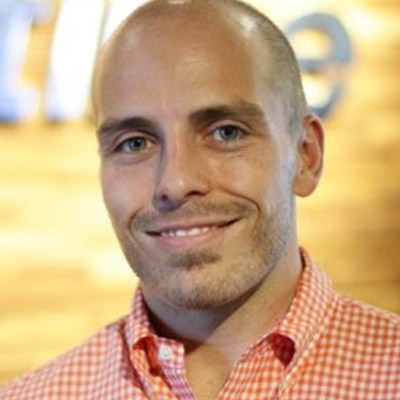

Behavioral Design For Health Bootcamp
Includes
Custom Courses
Private, customized courses for your team are also available, starting at $3,000 per person (must meet minimum number of participants).















